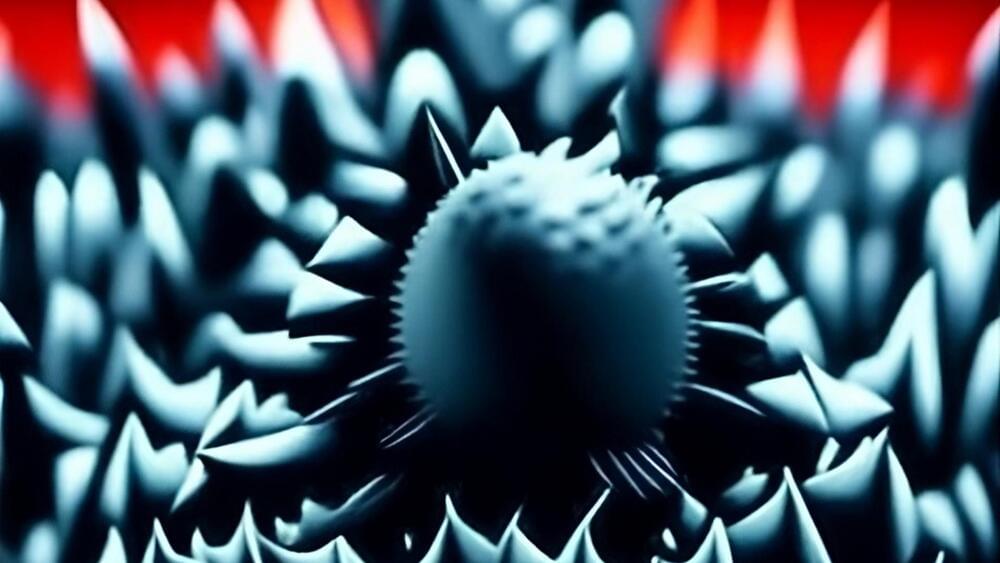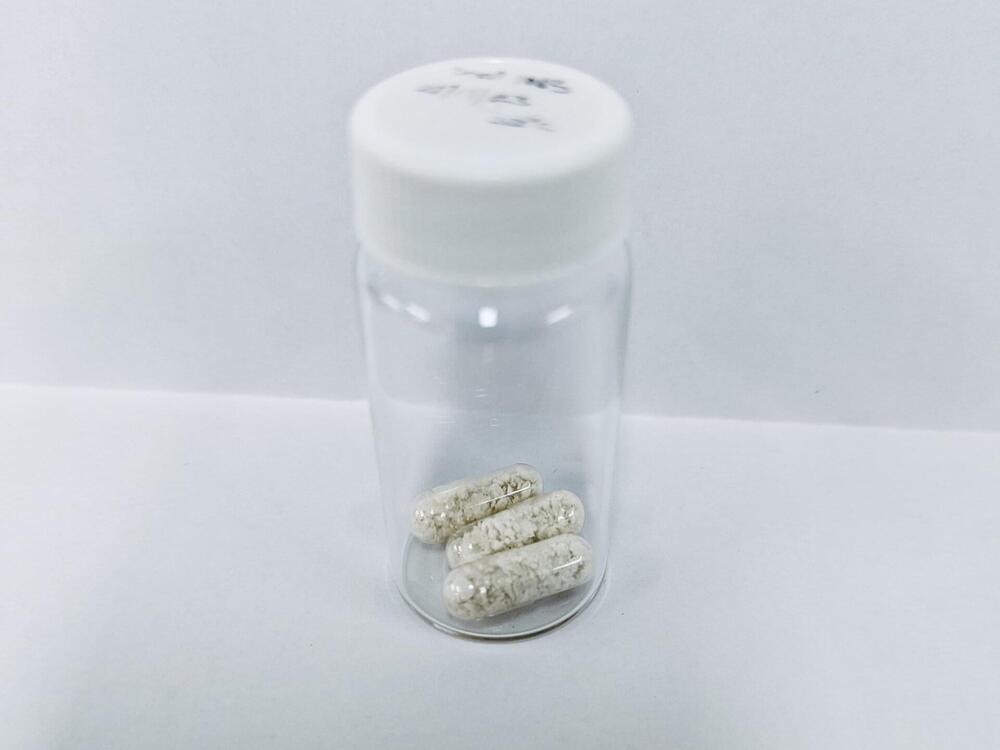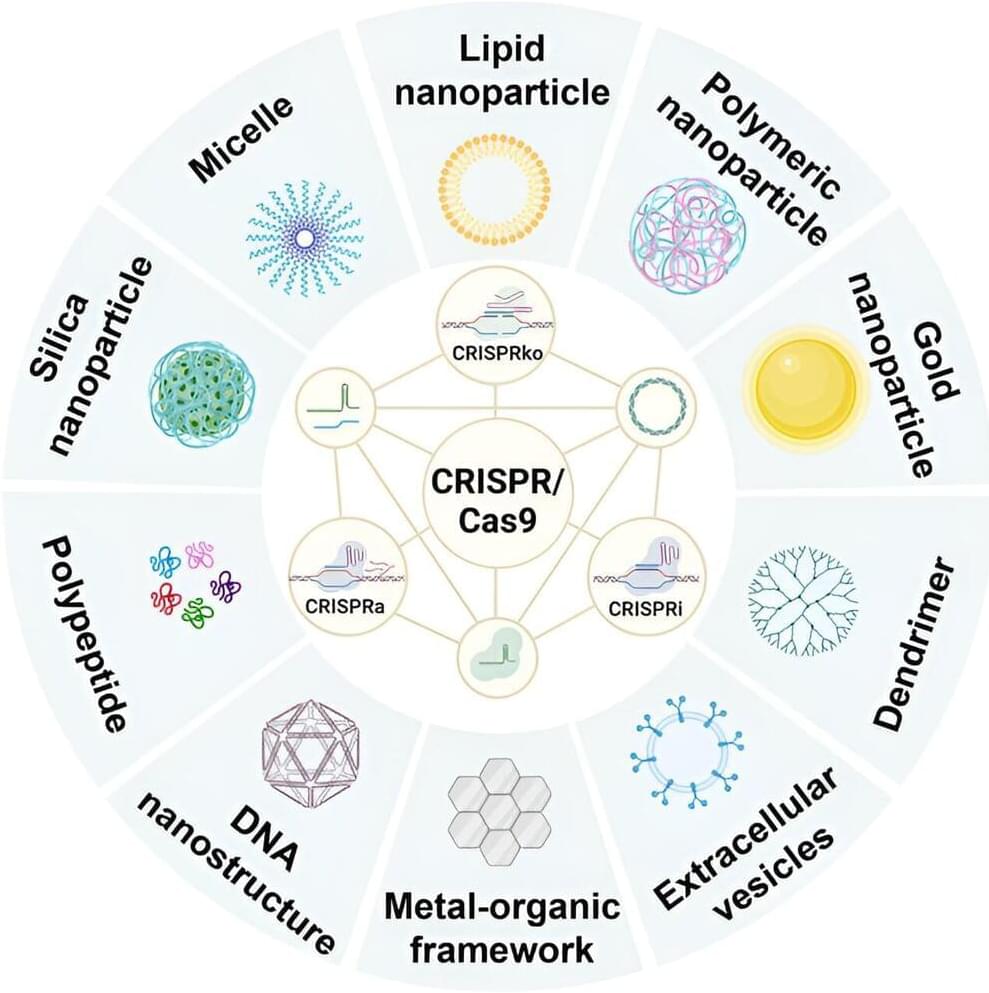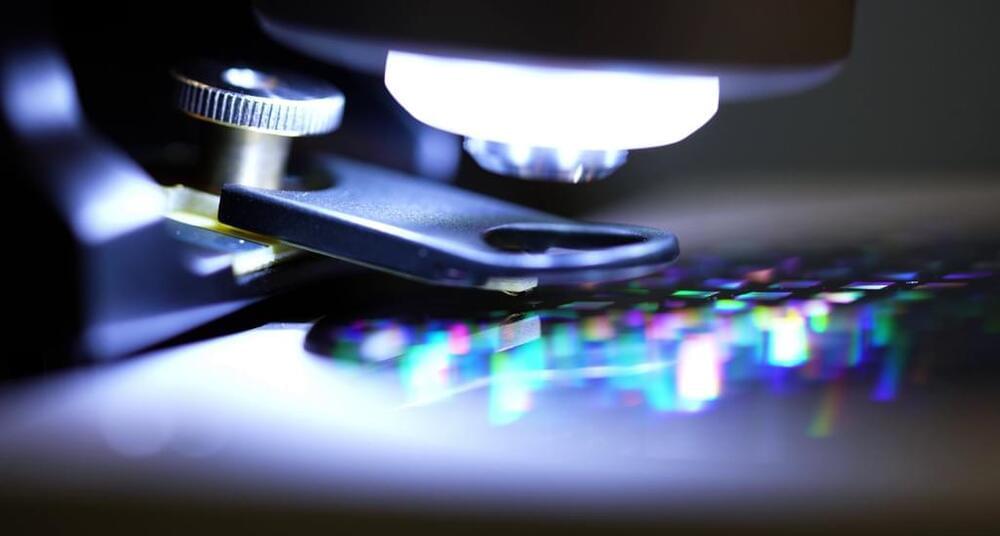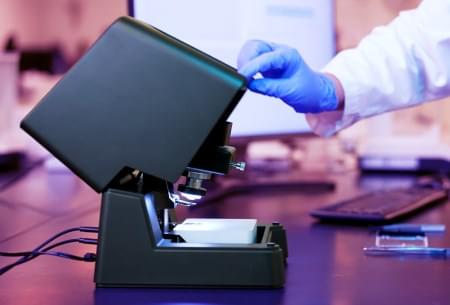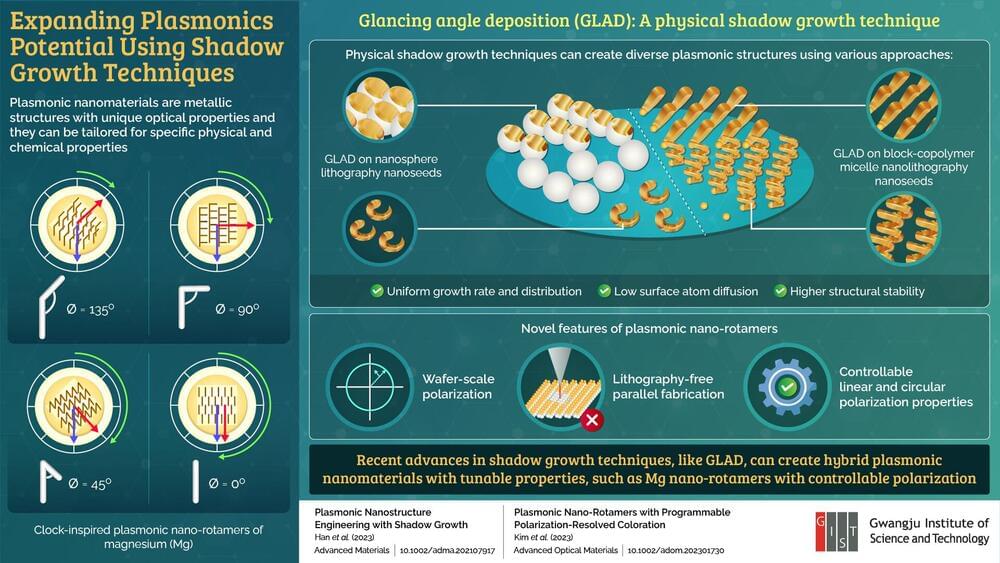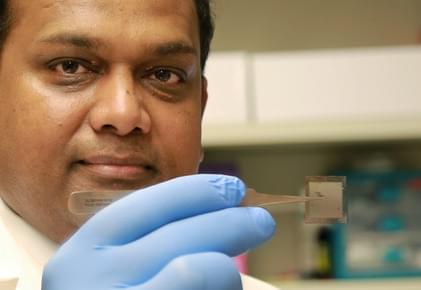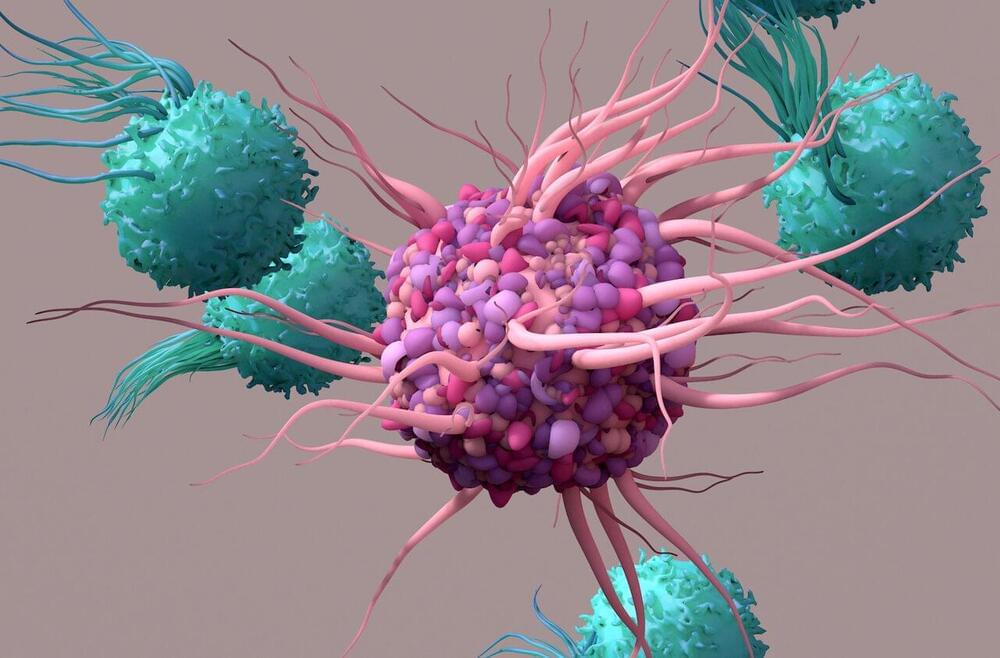
Steve P. Miller, PhD, has spent much of his career figuring out how to shut off autoimmune responses when he observed dying cells acting as carriers of autoantigens that could modulate the immune system. More than 20 years ago, while a professor at Northwestern University’s Feinberg School of Medicine, Miller discovered that dendritic cells (DCs), a subtype of antigen-presenting cells (APCs), could be changed or turned off to send the right signals to make immunologically tolerant T cells, also known as “tolerogenic.”
Miller’s attention turned toward investigating how best to mimic the apoptotic cells, overriding the expression of dendritic cells. So, Miller partnered with polymer chemist Lonnie D. Shea, PhD, who was at the McCormick School of Engineering, to develop a nanoparticle that interacts effectively with dendritic cells.
In 2013, Miller and Shea helped launch a company spun out of Northwestern University, when Shea was still in Chicago, called Cour Pharmaceutical Development Company, to develop innovative nanobiological therapeutics for acute inflammation, autoimmune, and allergic conditions. After years of experimentation, they developed a formula for nanoparticles of the right size and charge that interact well with the immune system, which is the foundation for their proprietary antigen-specific immune tolerance platform.
